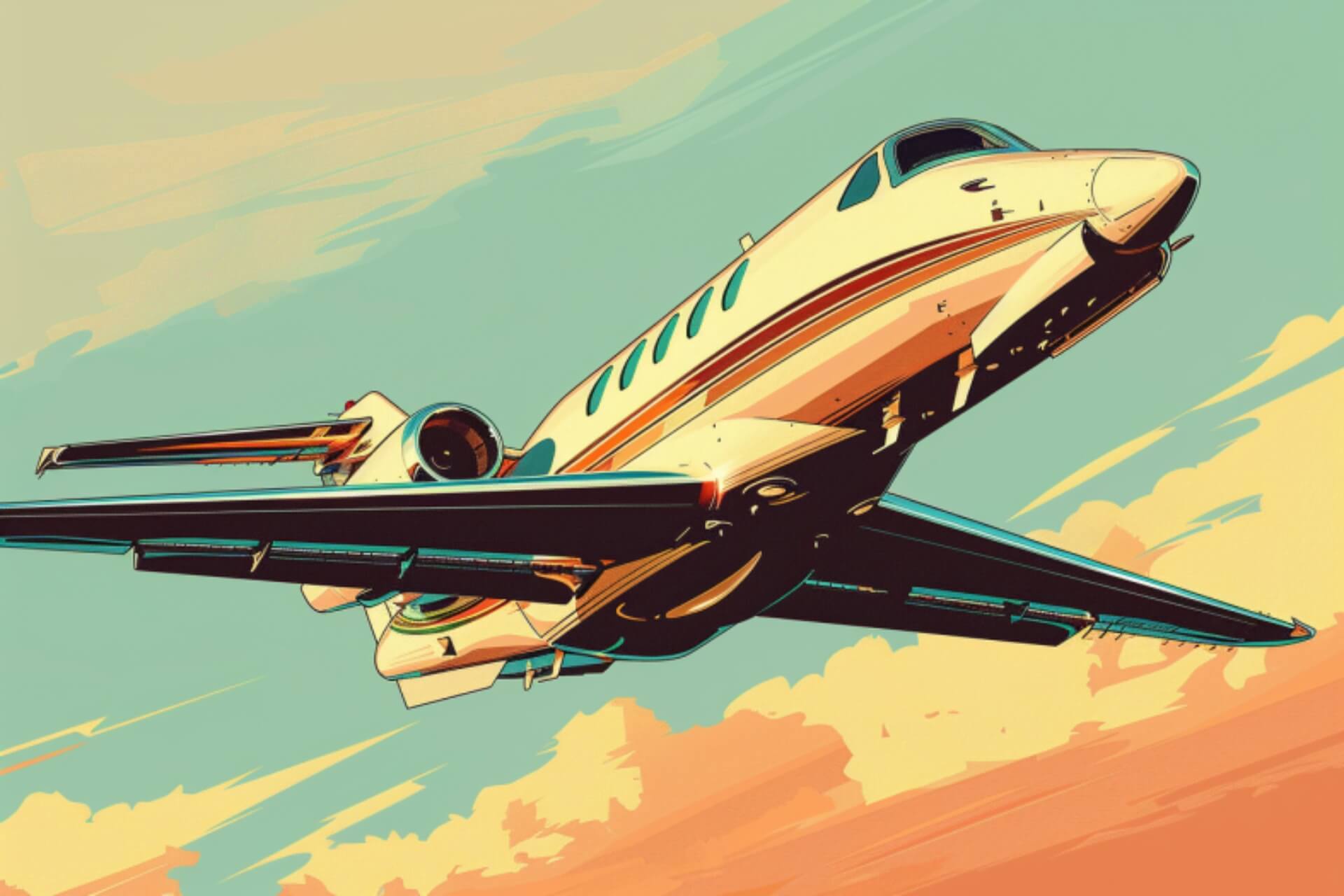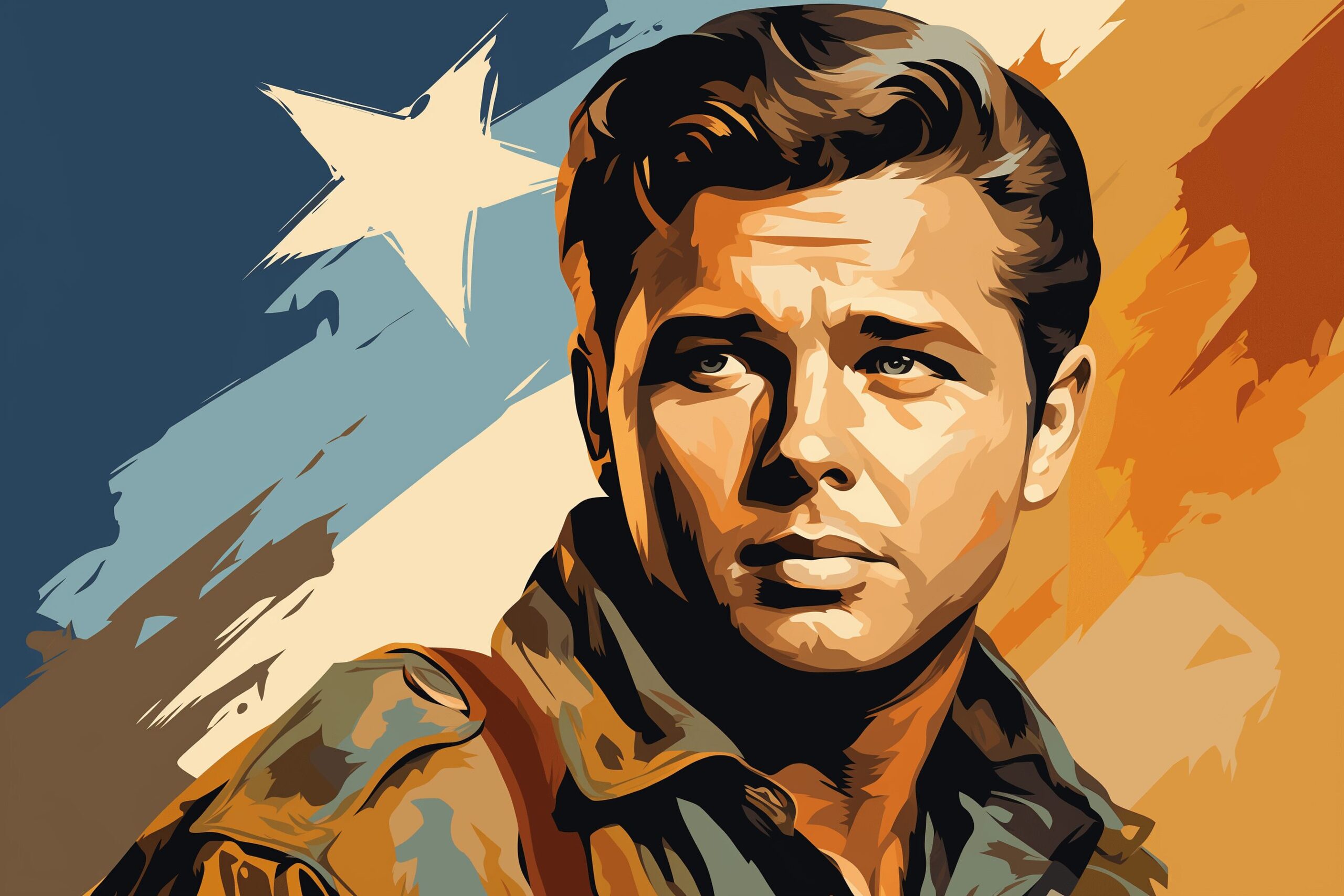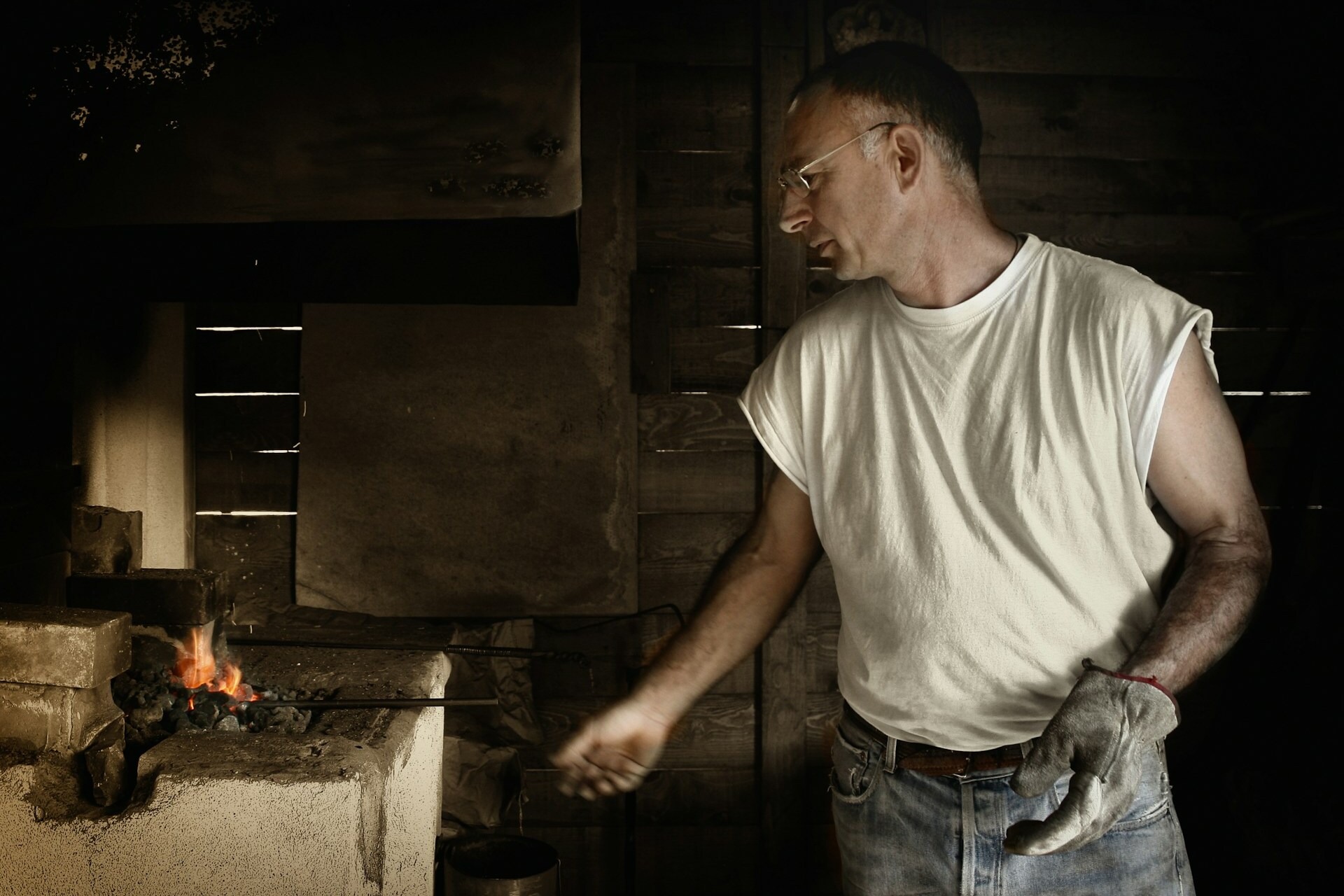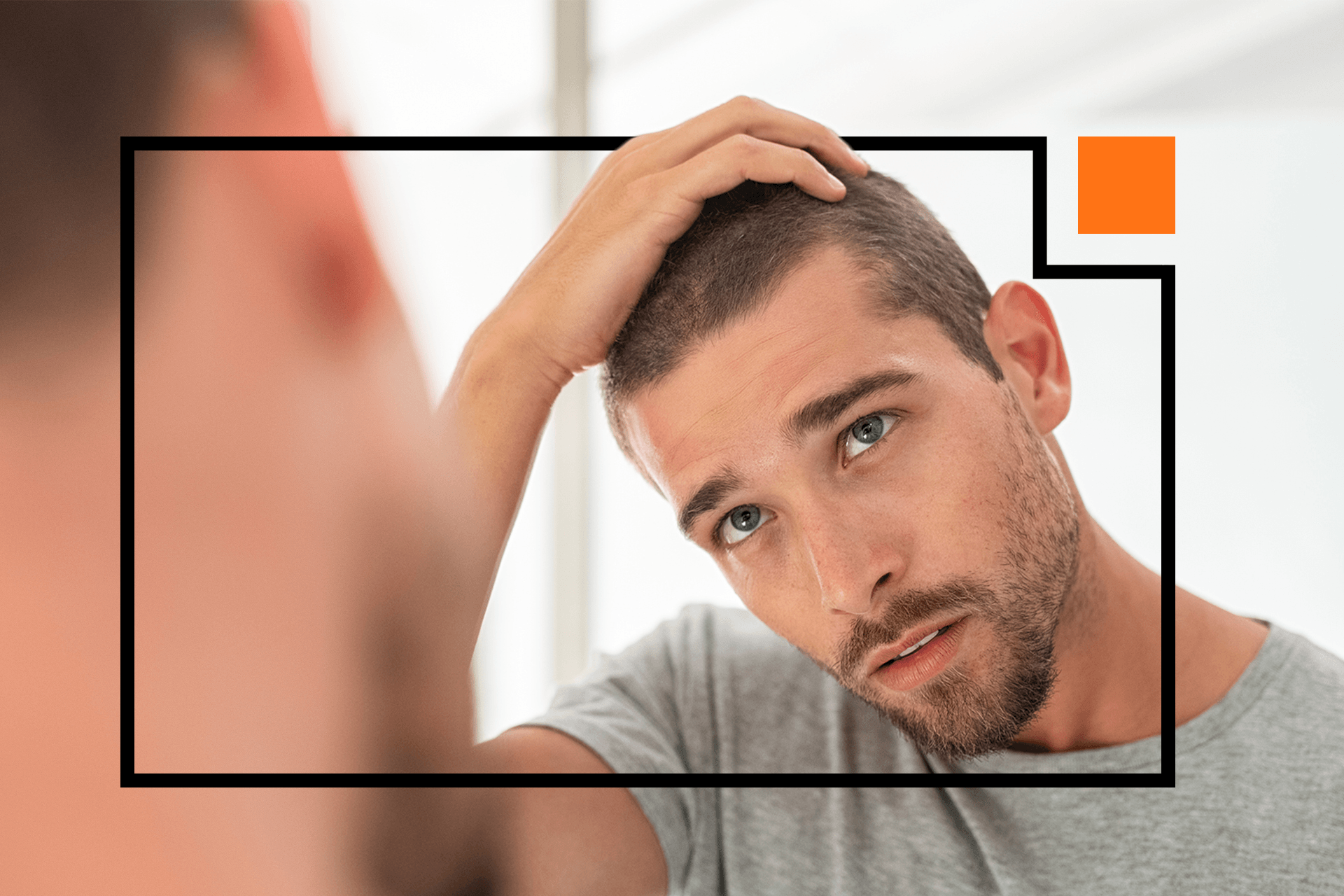Types of Belt and How to Pair Them
Apr 30, 2021
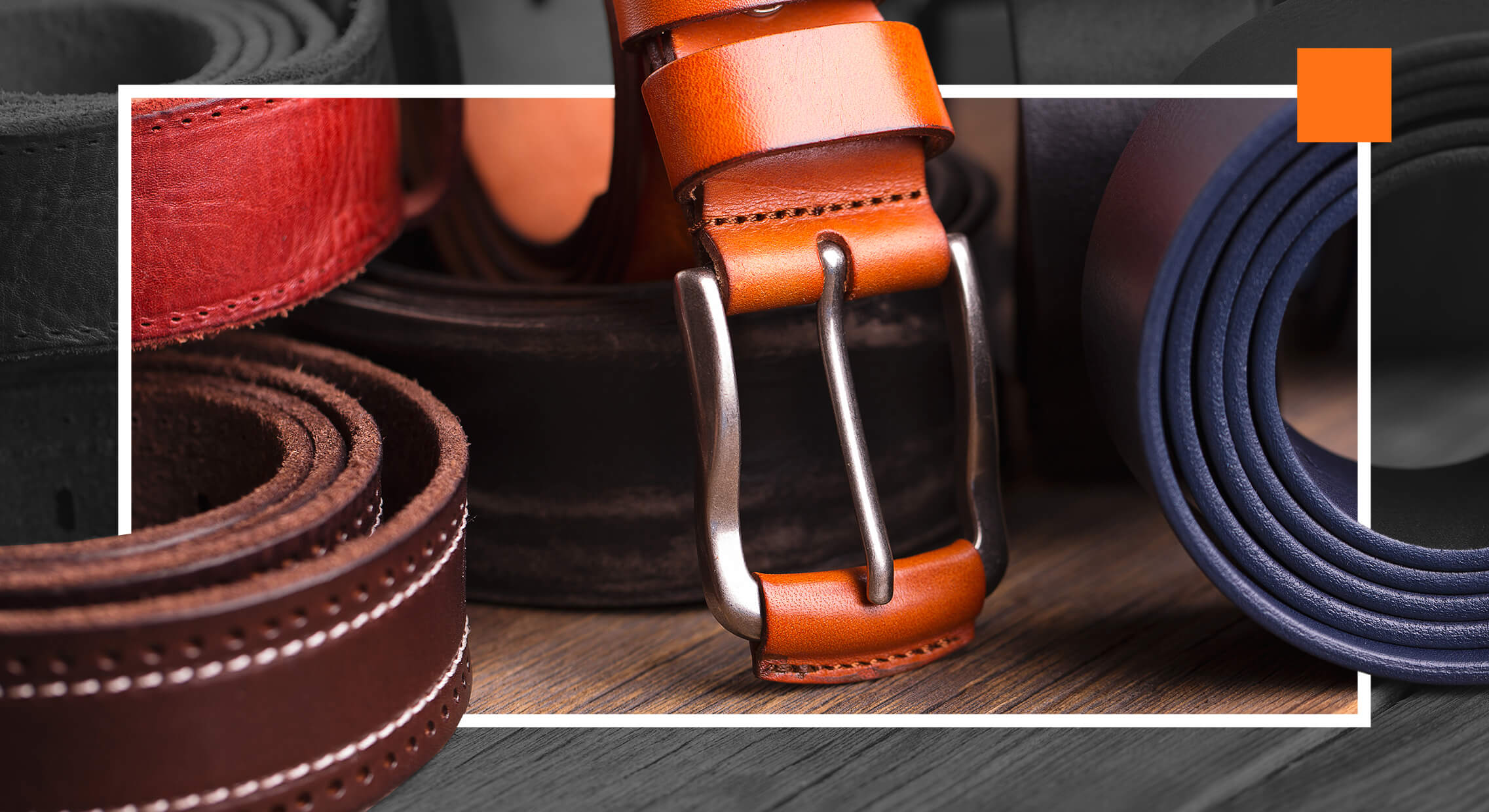
As an Amazon Associate, Modded gets commissions for purchases made through links in this post.
As long as your pants have belt loops, you should be wearing a belt — no matter what your best friend says. Whether you’re wearing jeans, shorts or dress pants, your entire outfit will look disjointed if those belt loops aren’t doing their job. So, if you want to dress properly and keep your drawers on, it’s time to buckle up and learn about the different types of belts. The only thing worse than a beltless ensemble is a poorly paired one.
Strap Materials
Unless you’re in the market for a biker chain belt, your belt strap will be made of either fabric or leather. When it comes to quality, leather is the best by far. This material is stretch-resistant and ages well, especially if it’s full-grain leather. However, cotton, rope, vinyl and faux leather have also proven to be dependable belt materials.
Leather
Formal occasions will always call for a leather belt, regardless of what you wear. However, leather is also suitable for informal settings, depending on what type of leather it is. For instance, exotic leathers like crocodile, lizard and ostrich may look upscale, and you can certainly wear them with a suit. However, you can also wear them with jeans to add a bit of flair to a more casual fit.
Fabric
If you aren’t trying to dress to impress and want a more informal look, try on a fabric belt. This type of belt comes in various materials, including vinyl, leather-backed ribbon, webbing, faux leather, canvas and rope. These fabric options offer a more laid-back, personalized addition to your ensemble. Just be sure to exchange them for a high-quality leather belt if you’re attending a work meeting, a wedding or some other special occasion.
Buckles and Strap Widths
Men’s belts also come in various widths, with most falling into one of three categories — one and one-fourth inches, one and a half inches and one and three-fourth inches.
The thinnest belts typically serve as formal belts for men with small waists. They’re best paired with skinny jeans and tapered trousers. Meanwhile, medium-width belts can be formal or casual and go well with denim, chinos and heavier fabrics. Thicker belts that are one and three-fourths inches or wider are harder to find and definitely more casual. Often, they feature large statement buckles that can make or break an outfit.
Speaking of making a statement, plate style or clip buckles can certainly help you stand out in a crowd. This type of buckle is usually decorated and detachable so you can switch up the design to match the rest of your outfit. Box-out buckles are also more decorative and often feature a leather or synthetic frame. In most cases, you can wear either buckle in a casual or formal setting depending on how bold or subtle the rest of your ensemble is.
On the other hand, frame-style buckles are most often seen on formal belts. Box-out and box-frame varieties may also pair well with a formal outfit. However, you may also find this type of buckle on casual-looking belts. However, if you’re looking for a go-to casual buckle, belts with O-ring, D-ring and snap buckles will likely suit your needs.
Matching Materials and Colors
Knowing what makes a belt formal or casual can help you choose the right style for any occasion. However, you must also consider materials and colors when pairing your belt with your outfit. As a rule of thumb, your buckle should match your accessories. For instance, if your watch and cuff links are silver, your belt buckle should be.
You should also match the color of your shoes to your belt. Consider which shoes you wear most often and ensure your belt’s color and finish are on the same page as your kicks. Using this tip as a guide for choosing between leather and fabric belts will ensure you look put together, no matter where you’re headed.
Work With What Types of Belts You Have
No single belt will suit every occasion, so it’s best to invest in a few different types of belts. That way, you’re always ready to serve up good looks at a moment’s notice.
If you only have one belt, try to work with what you have. Consider your wardrobe and the different kinds of accessories you already own. What color shoes do you own? Will the belts you have match your style? Purchasing two or three belts that complement your existing wardrobe will save you from purchasing a brand-new one and ensure you look cool without trying too hard.
